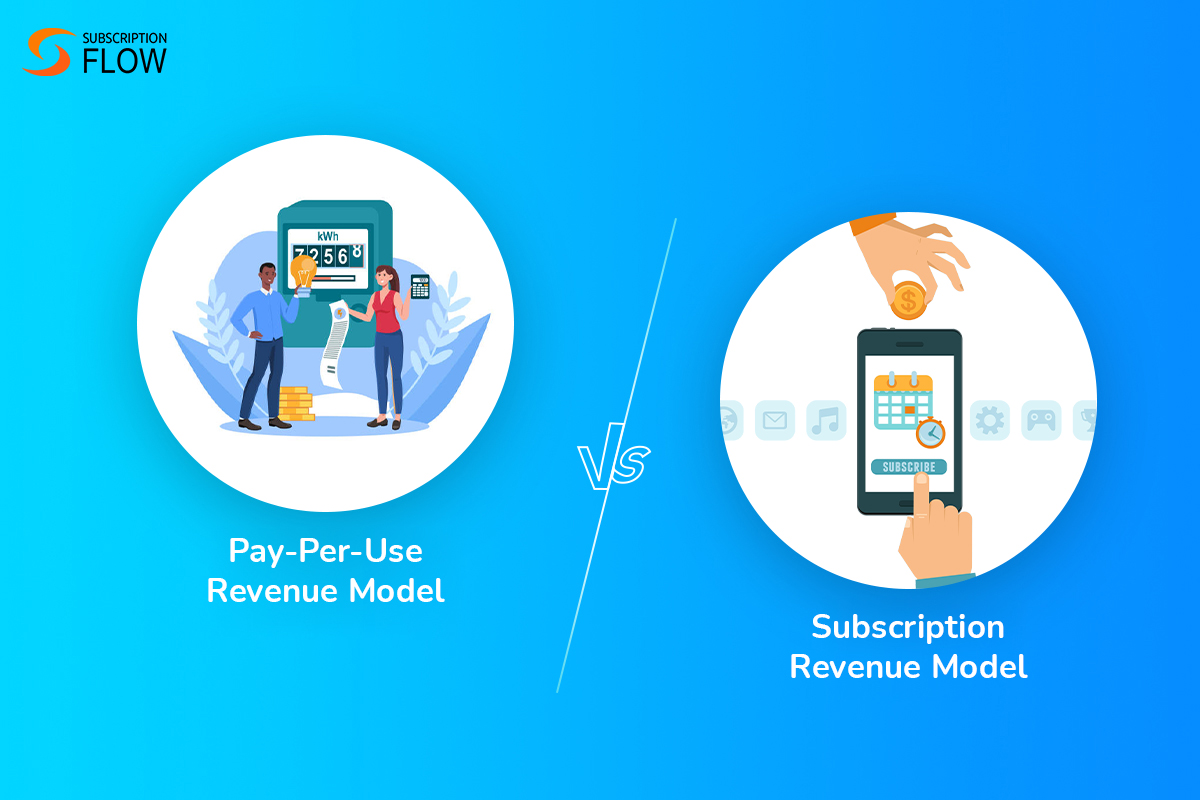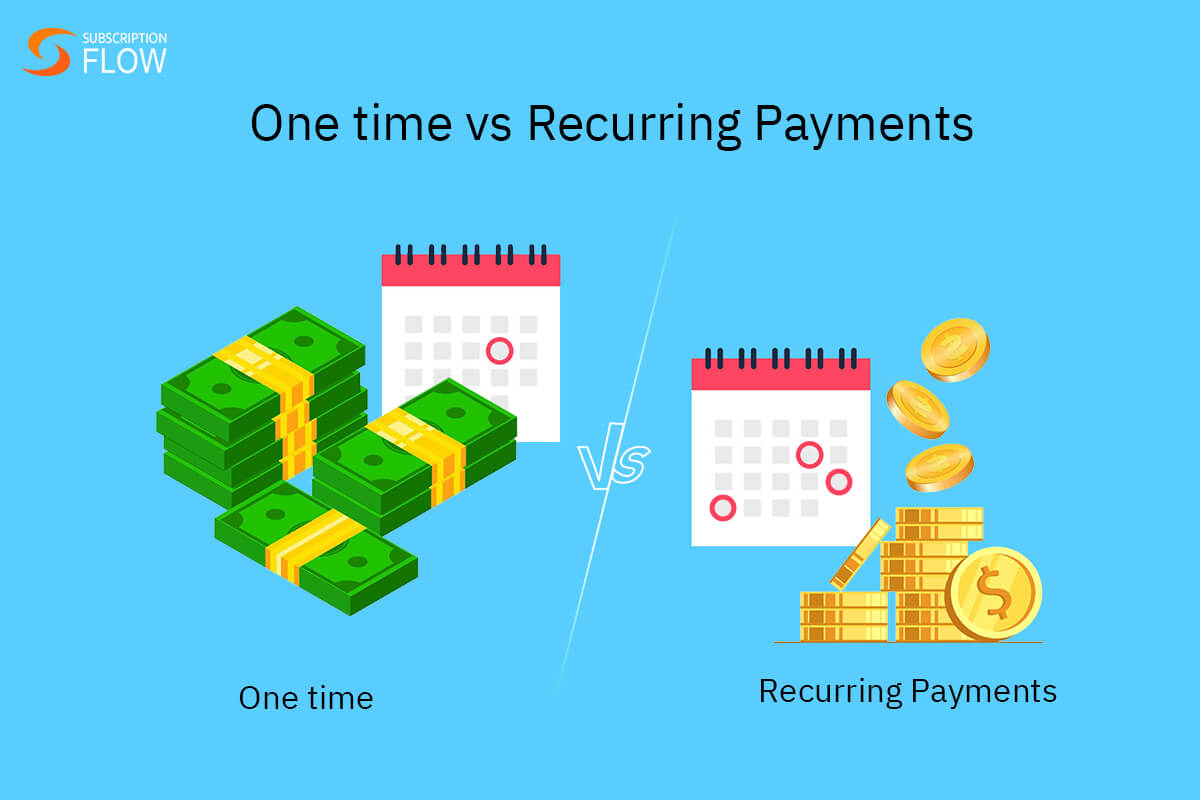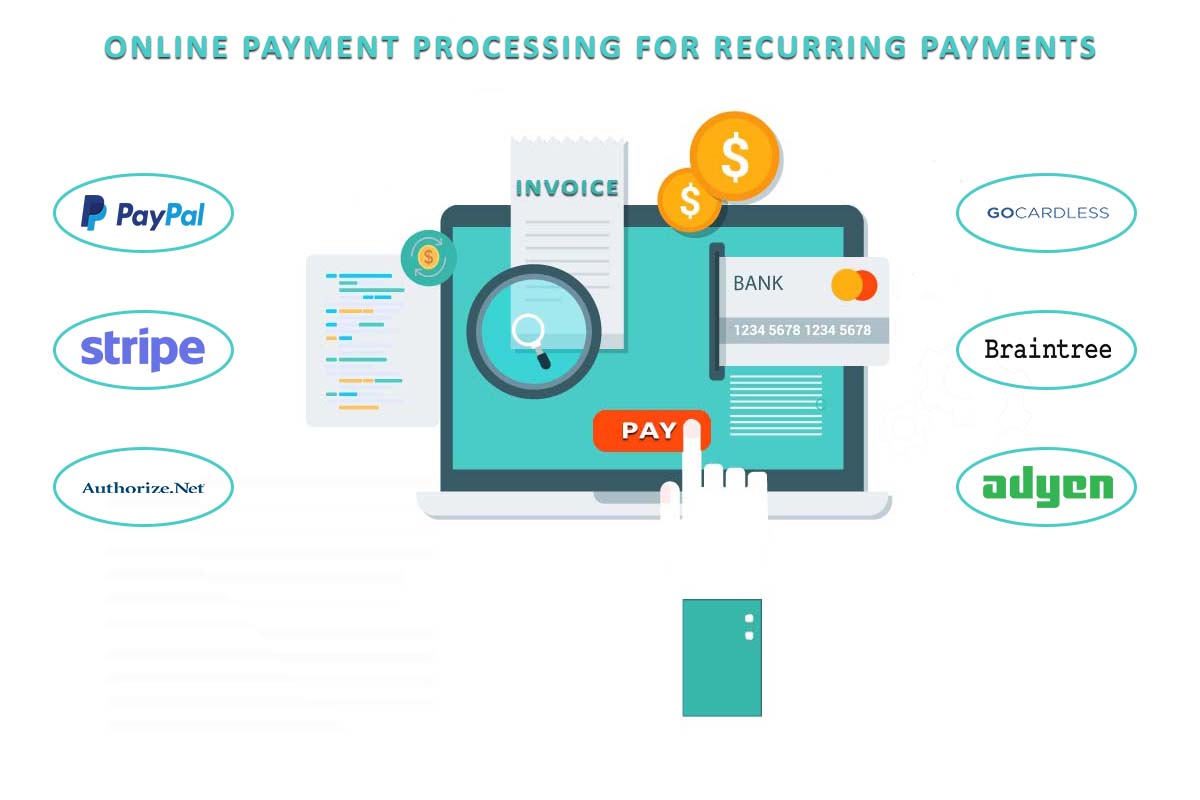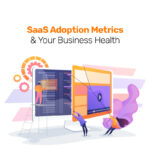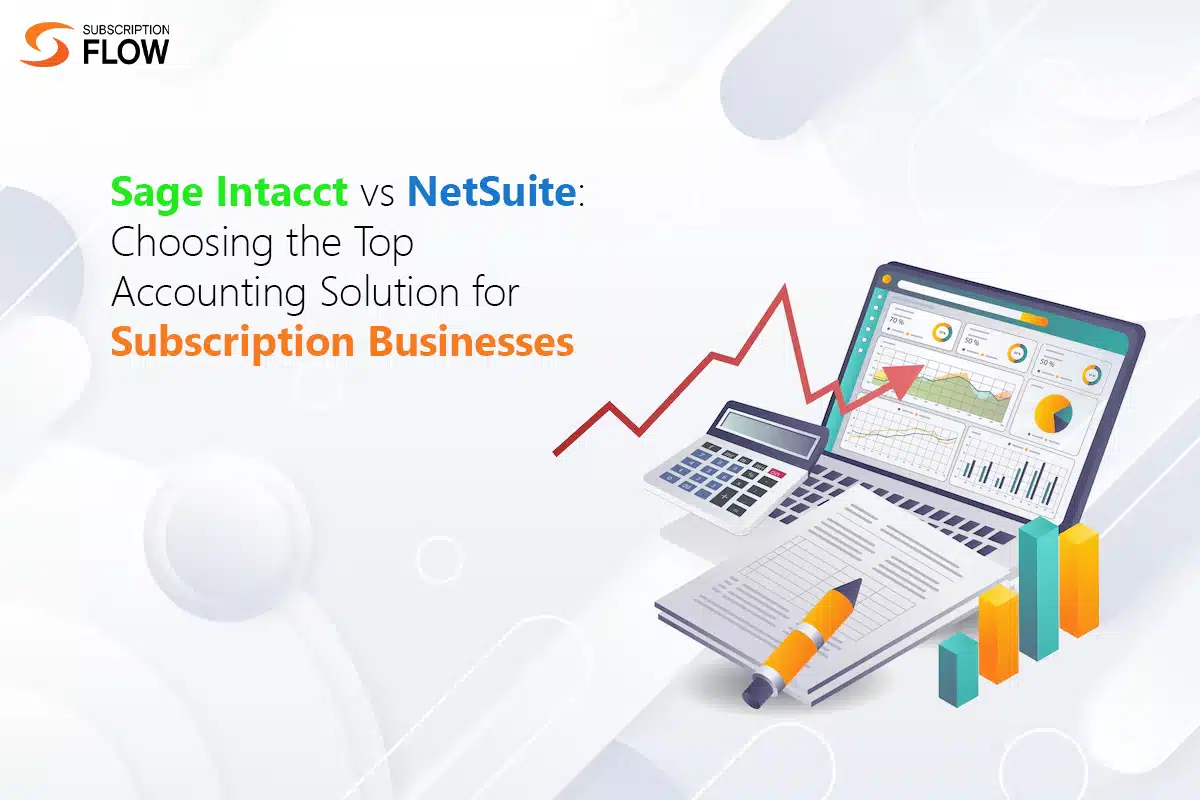
Sage Intacct vs NetSuite: Choosing the Top Accounting Solution for Subscription Businesses
Accounting and invoicing are undeniably the two powerful wings of subscription businesses. While effective invoicing ensures that the clients’ billing cycles go smoothly, accounting ensures that all billing is compliant and accurate.
Sage Intacct and NetSuite are two accounting solutions that stand out from the crowd. They offer general ledger management, revenue recognition, tax management, and much more.
SubscriptionFlow is an expert invoicing software. It integrates with both Sage Intacct and NetSuite to give subscription businesses the efficiency and productivity they desire.
However, considering the popularity of both the accounting platforms, how to know which one is the best fit for your business? Worry not. Our article will help you decide just that. Let’s dive in!
How Sage Intacct Streamlines Accounting & Invoicing
Sage Intacct is primarily an accounting solution. These are some major features that it offers for subscription businesses:
- General Ledger Management
The platform is a great match for those seeking in-depth financial record keeping. It is especially helpful for multi-entity companies as it lets them consolidate financial data across multiple business locations, and analyze it thoroughly.
Businesses can view their total revenue, expenses, profitability, taxes, audit logs, chart of accounts, and much more. It is especially beneficial for international companies as it supports more than 100 currencies, and also country-specific taxation laws.
- Revenue Recognition
Accurate recognition of revenue is crucial for staying compliant to ASC 606 and IFRS 15 rules. If not handled properly, it can get all over the place, with businesses losing track of their earned and deferred revenues. This is all the truer for subscription businesses who have to deal with recurring revenue.
Sage Intacct helps them keep accurate revenue records, and automates revenue recognition as soon as it is earned. It enables revenue amortization across subscription periods. This means that revenue is gradually recognized over the subscription period, as the service delivery takes place.
- Subscription Billing
Sage Intacct manages complex billing scenarios by supporting diverse billing models. Examples include milestone-based, usage-based, and tiered billing. It automates billing cycles based on custom subscription periods.
For elite customer management, it collaborates with Salesforce CRM. Subscription data is seamlessly shared between the two platforms, and is updated in real-time. This integration is great for lead-conversion, order-tracking and automatic order-to-cash processes.
SubscriptionFlow customers can also connect with Sage Intacct smoothly. They can take orders and generate invoices within SubscriptionFlow, and recognize revenue in Sage.
- Inventory Management
Subscription businesses selling physical products require proactive inventory management. Sage Intacct does not offer inventory management as part of its core services. This feature can be bought as an add-on. Alternatively, it can be integrated with Sage Intacct via an external platform.
Sage Intacct’s own inventory management module offers stock-level tracking across different warehouses. It provides limited demand-based forecasting, and basic traceability for perishable products (such as food items). This module is suitable for small subscription companies with basic inventory needs.
- Invoice Customization
Sage Intacct lets businesses create professional and branded invoices. Businesses can choose from a number of templates, and configure the invoices according to their customers’ needs. This leads to smooth customer checkouts, and improves brand image.
Moreover, it also allows for dynamic field population. This means that customer data is automatically captured onto the invoices without the need for manual intervention.
How NetSuite Streamlines Accounting & Invoicing
NetSuite is an ERP system, which means that its functionality is not limited to accounting only. It offers a full-fledged business management solution that includes HR, CRM, supply chain, e-commerce and other modules.
These are some major features that it offers for subscription businesses:
- General Ledger Management
It provides all the general ledger features that Sage Intacct does, and offers more comprehensive capabilities for large enterprises. It offers multi-entity and multiple currency consolidation natively, as part of its OneWorld solution.
The platform also keeps businesses audit-ready by equipping them with detailed logs. It lets them organize financial reporting according to customizable data segments for more clarity. Companies can segment their chart of accounts as well to add structure to it, and reduce complexity.
- Revenue Recognition
It also provides all the revenue recognition functions offered by Sage Intacct. NetSuite manages revenue amortization for different subscription periods, and allows businesses to offer custom plans with confidence.
- Subscription Billing
NetSuite has an entire module committed to subscription billing, known as SuiteBilling. It automates invoicing cycles, and deals with subscription modifications expertly. It automatically prorates charges where applicable, such as in subscription upgrades, downgrades and cancellations.
It also supports custom billing models. Unlike Sage Intacct, it has diverse in-built business functions such as CRM. Hence it can work without relying on third-party integrations.
To make NetSuite more subscription-centric, businesses might want to connect it with SubscriptionFlow. SubscriptionFlow offers tools to implement customized subscription workflows and plans, and offers virtually everything that subscription businesses need.
Users can enable two-way data sync between SubscriptionFlow and NetSuite for elite financial management, bookkeeping and CRM services, among other things.
- Inventory Management
NetSuite has in-built inventory management with robust capabilities. It can also monitor stock levels across various locations like Sage Intacct. Additionally, it offers advanced demand-based forecasting so that optimum stock levels can be maintained.
For time-sensitive goods, it supports serial number tracking so that their expiration dates can be monitored. It also simplifies stock maintenance for companies selling subscription boxes. A subscription box consists of an assortment of products. It requires bundling which NetSuite also offers.
Furthermore, NetSuite integrates inventory management with billing and order management. Inventory is automatically managed according to the number of active customers, and orders received.
- Invoice Customization
NetSuite also allows for deep invoice customization. Users can modify invoice templates, create the color themes and layout of their choice, and so on. Like Sage Intacct, NetSuite also enables automatic population of customer data fields in invoices.
Invoice workflows and routing can also be customized. For instance, a business can generate an invoice on default every time an order gets confirmed.
Invoices can be exported as PDFs, or sent to customers directly via email. In the latter scenario, businesses have the choice to customize email templates as well to create a strong brand image.
Sage Intacct vs NetSuite: Feature-by-Feature Comparison
Now that we know the major functions that both platforms support, it is time to compare their key features. This comparison will ultimately help you decide which accounting software to go for.
Software Difference by Nature
Sage Intacct: It is an accounting software by nature. It has additional add-on options as well such as Payroll which makes it an advanced financial management solution for companies.
NetSuite: It is a full-fledged ERP solution. It has various modules such as accounting, supply chain, HR, CRM, project management, and more that make it an all-in-one financial management solution.
Access
Sage Intacct: It is cloud based, and data can be accessed from anywhere and any internet enabled device.
NetSuite: It is also cloud based, and data can be accessed from anywhere and any internet enabled device.
AI Cash Flow Forecasting
Sage Intacct: It does not natively offer cash flow prediction based on artificial intelligence.
NetSuite: It does offer this feature.
Financial Reporting
Sage Intacct: You can create custom dashboards, and use the custom report builder to generate the reports you want. The platform also enables multi-dimensional reporting. It means that financial reporting can be structured and simplified according to different dimensions (such as company location or project).
NetSuite: It supports multi-entity consolidated financial reporting. This means that data from multiple branches of a company is unified and analyzed on a single platform. Both NetSuite and Sage Intacct update figures in real-time, and provide comprehensive audit trails.
International Business Support
Sage Intacct: It supports more than 200 currencies, and automatically executes currency conversion. Additionally, it facilitates multiple entity operations by consolidating their bookkeeping.
The platform automates tax calculations and filing, and supports country specific tax rules. It also supports invoicing compliance which varies from region to region.
NetSuite: NetSuite has a renowned module especially built for global businesses, known as OneWorld. It supports multi-entity financial operations in multiple currencies.
Companies can get insights in their operations across regions. NetSuite ensures this data updates in real-time. Moreover, it also supports global tax requirements, allowing businesses to avoid any penalties.
Revenue Recognition
Sage Intacct: It is known for is simplified revenue recognition processes. It manages earned and deferred revenue automatically. It also recognizes revenue based on custom subscription schedules.
NetSuite: It also automates revenue recognition process according to custom schedules, and generates revenue reports. It supports this feature for complicated subscription contracts as well.
Inventory Management
Sage Intacct: It offers basic inventory management features. However, this module has to be bought separately as an add-on. The platform provides limited product demand prediction, and basic serial number tracking.
NetSuite: It offers advanced inventory management which it supports natively. No add-ons or integrations required. Its robust functionalities include maintaining optimal stock levels via demand forecasting, item number tracking, and product bundling.
Ease of Use
Sage Intacct: It is comparatively easier to use, and has an intuitive interface. It requires a less steep learning curve as compared to NetSuite. It is a better fit for medium sized businesses.
NetSuite: It has a complicated interface which cannot be navigated without technical experts. It offers more modules, features and advancement, and hence requires a steeper learning curve. It is suitable for medium to large-scale enterprises with complex needs.
Subscription Lifecycle Management
Sage Intacct: It requires integration with software like SubscriptionFlow to fully support this feature.
NetSuite: It offers in-built customer lifecycle management. It manages subscription modifications, cancellations, proration etc. automatically.
Dunning Management
Sage Intacct: It lacks advanced automation when it comes to dunning. Sage Intacct relies on external integrations like SubscriptionFlow to customize dunning procedures, and to retry payments. Natively, it only identifies unpaid invoices through accounts receivable.
NetSuite: It supports dunning protocols which can be deeply customized. Dunning emails can have different templates based on their level and urgency. The email content can also be personalized according to different customer segments.
NetSuite allows the creation of custom workflows that trigger payment reminders when certain thresholds are met, such as invoice deadlines. Additionally, it also applies fees on late payments which are pre-decided in the customer contract.
Sage Intacct vs NetSuite: Pricing Differences
After comparing their features, let us look at the pricing structures of both the platforms as well. After all, pricing can also be a deciding factor for the selection of the most suitable software.
Sage Intacct
Annual Subscription Cost: It offers subscriptions on a yearly basis, with the starting price at $10,920. This package includes one user license and access to the fundamental financial management tools.
User Licenses: There are two main types of licenses available: business and employee. Business user licenses provide full access to every feature the service offers. Employee licenses, on the other hand, offer restricted access and must be purchased in sets of 10.
Advanced Features: If you want to add extra features such as payroll management and revenue recognition, there will be additional fees to pay.
Implementation Costs: Setting up the service has costs that depend on the size and needs of your business.
NetSuite
Annual Subscription Cost: NetSuite’s annual charges are variable as they depend upon a number of factors. These factors include number of users, the desired modules, implementation cost, customization costs, and so on. The implementation cost starts from $25,000, and is one-time. The annual subscription fee as a whole is much higher than that of Sage Intacct.
User Licenses: There are two types of user licenses available: full-user and self-service. The former costs $129 per month for one user. It allows access to all the features. Self-service licenses are typically sold in batches of 5. One batch costs almost the same as one full-user license. These licenses allow limited access.
Advanced Modules: Users have to pay to unlock advanced modules such as advanced inventory management, and SuiteCommerce. Each module falls between $499-$899 approximately.
Customization: Users have to pay customization costs if they want to develop custom integrations. Costs depend upon the level of integration and its complexity. Typically, it costs around $100-$300 per hour.
Sage Intacct vs NetSuite: Who’s the Winner?
Both Sage Intacct and NetSuite offer remarkable features that simplify accounting and financial reporting, as well as assist in subscription invoicing. The winner of this comparison purely depends upon your business’s volume, needs and budget.
NetSuite is quite expensive, and is more suited to large-scale enterprises. Sage Intacct, on the other hand, is more budget friendly for medium-sized subscription businesses.
NetSuite is a comprehensive and all-in-one financial management solution not limited to accounting. It is ideal for subscription businesses looking for a unified platform with an in-built CRM, advanced inventory management, and highly customizable billing workflows.
Sage Intacct, meanwhile, has been designed as an accounting solution. It is a great choice for subscription businesses who do not require the extra modules and advanced functions that NetSuite offers. Instead, they want a simpler platform which sees to their bookkeeping needs, while offering advanced customization.
Both the platforms are compatible with multi-entity enterprises, and support global financial operations. They both offer consolidated reporting, region-based tax support, multiple currencies and more. Hence global subscription businesses can benefit from either depending upon their specific needs and size.
Choose SubscriptionFlow for Effortless Accounting Integrations
SubscriptionFlow’s invoicing and subscription management solutions are centered around the unique needs of subscription businesses. We understand the hassles of subscription billing and customer account handling, and help businesses ace these processes.
Businesses use SubscriptionFlow for advanced automation, custom invoicing features, and robust dunning to fix revenue leaks, and boost their bottom-line. We seamlessly connect them with apps like NetSuite and Sage Intacct for smart accounting.
You can rely on SubscriptionFlow for order taking and invoice generation. We sync your invoices with accounting platforms in real-time, and let them execute bookkeeping, while ensuring there are zero hiccups in your core subscription operations.
Here’s a sneak peek into what this integration equips you with:
- Advanced financial management
- Automated subscription management
- Automated revenue recognition
- Seamless billing, payment processing & reconciliation
- Order management
- Inventory tracking & management
- Robust analytics & reporting
Try SubscriptionFlow today, and unlock the power of integrated invoicing and accounting.

